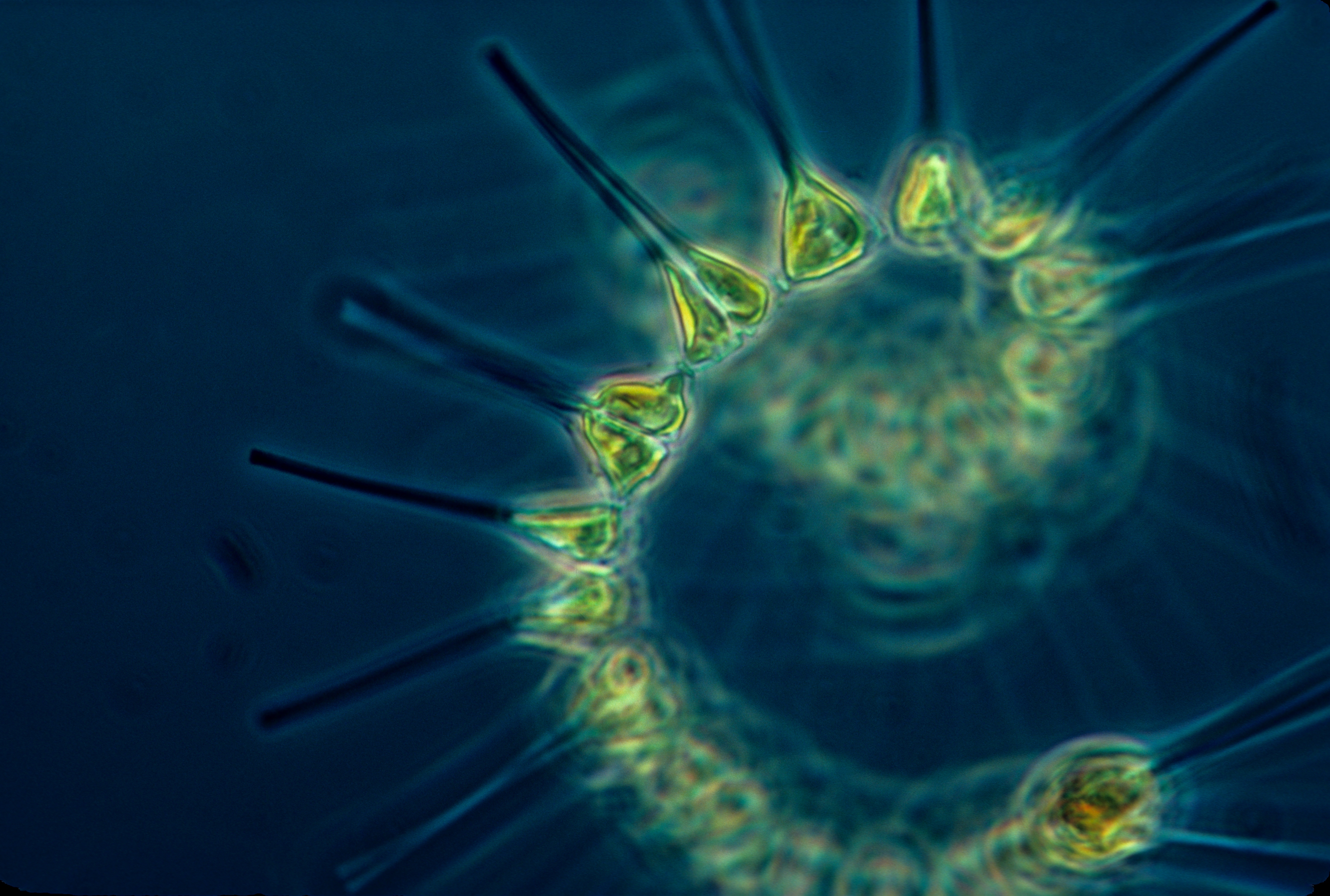“Internationally, thousands of underground coal fires are burning on every continent except Antarctica. Anupma Prakash, a University of Alaska at Fairbanks geologist who maps the fires, refers to them as “‘a worldwide catastrophe with no geographic territory, and if we don’t take care of them they’re going to take a toll on us.’ The problem is most acute in industrializing, coal-rich nations such as China, where underground fires are consuming at least 10 million tons of coal annually — and some estimates multiply that amount twentyfold. In India, 68 fires are burning beneath a 58-square-mile region of the Jhairia coalfield near Dhanbad, showering residents in airborne toxins. ‘Go there and within 24 hours you’re spitting out mucous with coal particles,’ Prakash says. ‘It’s bad, worse than any city, anywhere’” (source).
Underground burning or smoldering coal seams are most often the result of oxidation, the adsorption of oxygen by the coal which leads to an increase in temperature; if the temperature exceeds 80°C, the coal can ignite and start to burn. Such “spontaneous combustion” can result from geological processes or human activities, such as mining operations. “The oldest documented coal fire on a global scale, which has been burning for over 2,000 years, is located in New South Wales, Australia. Another case that has attracted strong public attention is the subsurface coal fire in Centralia, Pennsylvania, U.S., which started in 1962. Here, between 1980 and 1998 a whole city had to be evacuated and relocated. The slowly advancing coal fire underneath the city endangered houses and infrastructure. Even today the fire still leads to the collapse of formerly inhabited ground. In China, coal fires are mentioned in historic documents as early as 1000 AC in the travel report of Li Dao Yuan, who explored Northwest China during the ‘Northern Song Dynasty’ (960-1280 AC). Also the travel documents of Marco Polo (1254-1324 BC) mention the ‘burning mountains along the silk road’ as well as paleo coal fires in Xinjiang, which are dated back to be of Pleistocene age” (source).
Since the 1960s, remote sensing has played a major role in mapping, analyzing, and monitoring underground coal fires by providing land cover information and thermal anomaly detection. While the pollution created by underground coal fires is difficult to quantify, the environmental impact upon human health and global warming is undeniable: “Besides the economic loss, coal fires pose many environmental threats. The fires produce large amounts of greenhouse-relevant and partially toxic gases including carbon dioxide (CO2), methane (CH4), nitrogen oxides (NOx), nitrous oxide (N2O), carbon monoxide (CO) and sulfur dioxide (SO2). According to most recent estimations coal fires in China contribute about 0.1% to 0.2% of the annual human induced CO2 emissions globally. They contribute 12% of all Chinese coal-based carbon emissions in the form of CO2. In addition, coal fires lead to the degradation of their direct surrounding area through significant aerosol input to water sources and agricultural areas. Additionally, the toxic fumes released pose a threat to the health of the local inhabitants. Furthermore, land subsidence can occur due to the loss of volume underground, when a coal seam, supporting several layers of overlying strata, turns into ash. The resulting slow or very sudden subsidence can be a threat to infrastructure, local inhabitants and miners. Each year, several thousand workers are killed in mining accidents, which are quite often also coal fire related” (Ibid.).




